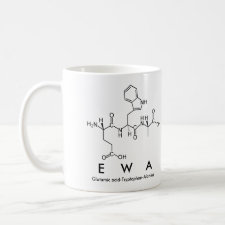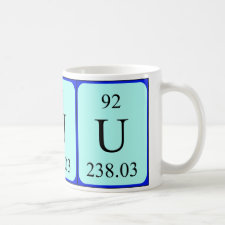
Authors: Tavengwa NT, Cukrowska E, Chimuka L
Article Title: Preparation of magnetic nanocomposite beads and optimizing the conditions for effective removal of U(VI) from aqueous solutions.
Publication date: 2014
Journal: Toxicological & Environmental Chemistry
Volume: 96
Issue: (7)
Page numbers: 998-1011.
DOI: 10.1080/02772248.2014.994518
Alternative URL: https://www.researchgate.net/publication/282830885_Modeling_of_adsorption_isotherms_and_kinetics_of_uranium_sorption_by_magnetic_ion_imprinted_polymers
Abstract: Magnetic ion-imprinted polymers (IIPs) were prepared by precipitate polymerization and leached with HCl to remove uranium. Their ability to remove hexavalent uranium from wastewater effluents was studied. Batch adsorption studies to determine the optimum conditions of U(VI) removal were conducted at different levels of sample pH, sorbent amount, agitation time, and initial uranium concentration. It was observed that, under optimum conditions (i.e. pH 4, adsorbent amount of 50 mg, 45 min agitation time, and initial U(VI) concentration of 2 mg L-1), the maximum removal of U(VI) cations was >98% and 80% for the magnetic IIP and the corresponding magnetic non-imprinted polymers (NIP), respectively. Langmuir and Freundlich isotherms were used to describe the adsorption of U(VI) onto magnetic IIP and NIP. The adsorption capacity of U(VI) was determined to be 1.06 and 0.85 mg g-1 for the two isotherms, respectively. The order of selectivity was found to be U(VI) > Fe(III) > Pb(II). For six cycles of regeneration and reuse, the magnetic polymers maintained their stabilities with only a 4% loss in the extraction efficiency. The average extraction efficiencies of the magnetic polymers for the spiked acid mine drainage and sewage wastewater effluents were 71% and 58% for the magnetic IIP and NIP, respectively. From powder X-ray diffraction analysis, application of the Scherrer equation yielded magnetic nanoparticles of an average mean diameter of 11.9 nm. Thermo-gravimetric analysis revealed that the HCl-leached magnetic polymers had a magnetite residual weight of 5%
Template and target information: uranyl ion, U(VI)
Author keywords: uranyl, Magnetic imprinted polymer, HCl leaching, Selective



Join the Society for Molecular Imprinting

New items RSS feed
Sign-up for e-mail updates:
Choose between receiving an occasional newsletter or more frequent e-mail alerts.
Click here to go to the sign-up page.
Is your name elemental or peptidic? Enter your name and find out by clicking either of the buttons below!
Other products you may like:
 MIPdatabase
MIPdatabase









